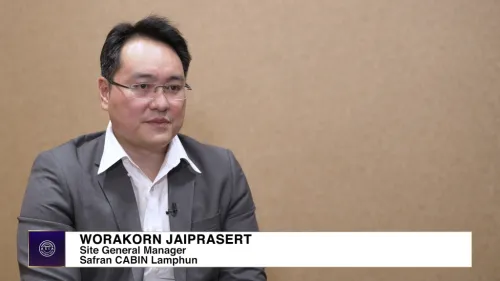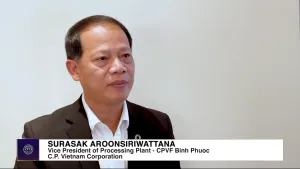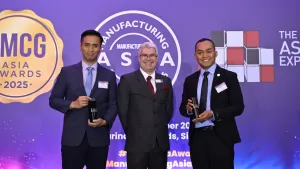Limited availability hinders SAF adoption in aviation
High costs, limited supply, and infrastructure challenges impede large-scale use of Sustainable Aviation Fuel.
The aviation industry is racing towards a net-zero emissions target by 2050, with Sustainable Aviation Fuel (SAF) emerging as a critical solution to reduce greenhouse gas emissions. However, the adoption of SAF on a large scale faces significant challenges, according to Shantanu Gangakhedkar, Senior Consultant at Frost & Sullivan.
"There are currently a few roadblocks that are slowing down the adoption of SAF on a larger scale," Gangakhedkar explained. The primary issue is the limited availability of SAF, largely due to the high investment required to set up production plants. "Setting up SAF production plants is a highly investment-intensive project. It takes about two to three years," he noted.
In addition to the high costs and time involved in setting up production facilities, there is a continuous need for feedstock to produce SAF. The price of SAF also poses a significant challenge, being two to four times more expensive than conventional jet fuel. "There are also some supply chain issues when it comes to manufacturing and then delivering it to aircraft at the airport," Gangakhedkar added.
Comparing the environmental impact of SAF to conventional jet fuel, Gangakhedkar highlighted, "Unlike conventional jet fuel, SAF is produced from non-fossil biomaterials such as agricultural or municipal waste, used cooking oils, crops, algae, and a few other sources as well. So these reduce the carbon footprint usually, and they do not add further emissions to the circular GHG emissions.”
The potential impact of SAF adoption on ticket prices is another concern for passengers. "That's an interesting question, and which a lot of passengers are asking. So the short answer is yes," Gangakhedkar admits. However, he emphasised that industry stakeholders, including airlines, SAF producers, and government agencies, are working to reduce the price gap between SAF and conventional jet fuel.
"There are also multiple business models which are being developed which can support spreading of that differential cost with different stakeholders, so that all the costs need not be transferred to the passenger," he says. While there might be a slight increase in ticket prices, efforts are being made to minimise this impact.
Currently, the SAF supply supports less than 1% of the total global demand. "The supply is limited, and the demand is definitely increasing more and more, as multiple countries are now coming with mandates to have a certain percentage of SAF for every flight that comes in or goes out from that specific country," Gangakhedkar noted. As demand rise, efforts to increase supply will be crucial in achieving the aviation industry's net-zero goal.












